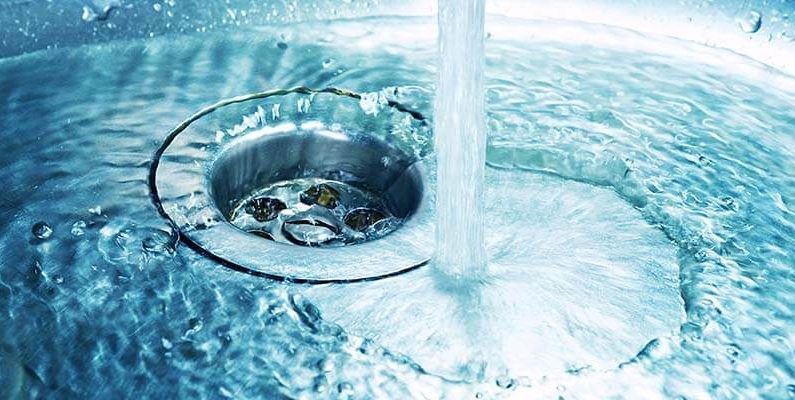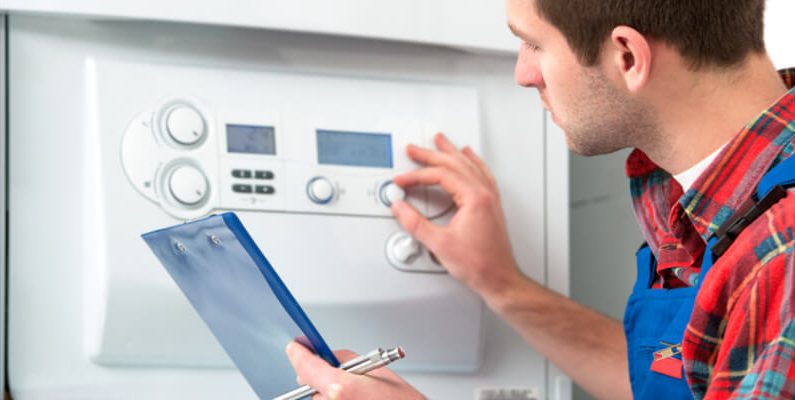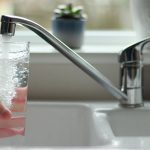How To Prevent Blocked Drains
Drains are designed to remove unwanted water or waste liquids effectively, so when they become blocked and cannot perform this function, it can be very frustrating and inconvenient. For this reason, it is important to know how to prevent blocked drains and keep your home in working order.
All you need to know about how to prevent blocked drains
If you don’t know the warning signs that indicate your drain may be blocked, it could result in unwanted costs to fix the issue and cause unnecessary stress. Warning signs to look out for include:
- Unpleasant odours – Blocked drains have a tendency to emit unpleasant odours, especially as a result of food debris build up. As food slowly decomposes, it creates a noticeably bad smell, which is worsened when the tap is turned on.
- Slow drainage – This is the most common indicator that your drain may be blocked. When water has to filter through or around a blockage, a sluggish flow is created.
- Raised water levels – If you flush your toilet and notice the water level rises higher than normal, this typically means there is a blockage. However, if the water rises to the point of overflowing, you should contact OMR Plumbing as there could be a more serious issue.
- Gurgling sounds – Strange gurgling sounds from your drains or plug holes should be treated as a potential blockage. These sounds occur when there is trapped air in the drain, and it escapes when you run water.
Of course, these are warning signs that indicate your drain is already blocked, but there are many methods you can utilise to prevent things from getting to this stage. Keep reading to find out what they are and how you can save yourself the hassle of dealing with a blocked drain.
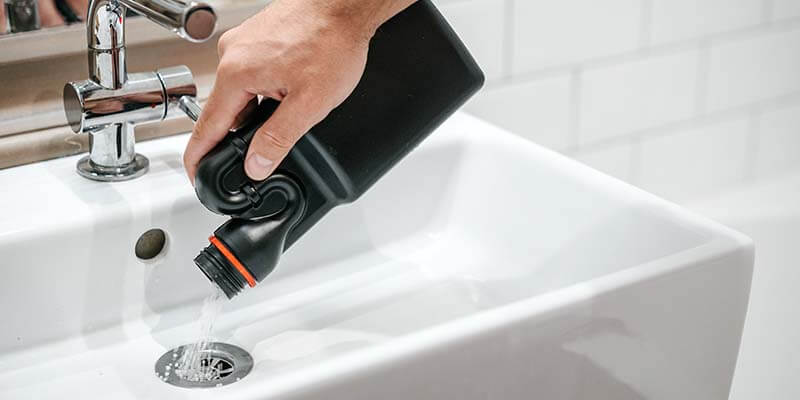
Hot water
Pouring boiling hot water down your drain is possibly the easiest and most cost-effective solution to preventing a blockage. If you think any fat or oil has made its way into your kitchen sink, you need to act fast before it solidifies and blocks your drain. Pouring hot water down the sink will melt the unwanted fat and oil so it can exit your drain without causing any issues. However, it should be noted that if you have PVC pipes, the hot water could cause their joints to loosen. Moreover, if you have a porcelain sink bowl, you should never pour boiling water directly onto it as it could cause it to crack. The best way to stop this from happening is to pour the water directly down the drain.
Be cautious of what you flush
Flushing the wrong items down your toilet could be disastrous and not only lead to blocked drains but flooding of your home. To avoid this, we have devised a list of the most common objects that people flush down the toilet which causes major damage:
- Feminine products
- Baby wipes/wet wipes
- Q-tips/Cotton balls
- Nappies
- Paper towels
- Cigarette butts
- Dental floss
- Gum
- Medication
Put simply, the only things you should flush down your toilet is human waste and water.
Invest in a sink strainer
If you don’t already know, a sink strainer is a type of perforated metal sieve that filters out solid debris in your water system. In your household, you can use a sink strainer as a drain cover for your kitchen sink, shower or bath.
Clean and maintain regularly
Whether you decide to use DIY methods or cleaning products bought from the shop, there are so many ways which you can effectively clean your drains to prevent blockages. As natural products are safer than toxic chemical-based cleaners, here are some DIY drain cleaning solutions you can use:
Baking soda and vinegar
Baking soda and vinegar are a classic combination when it comes to household cleaning, and the dynamic duo will effortlessly keep your drain clear and fresh. All you need to do is combine 70g baking soda with 30g table salt and pour it down the troublesome drain. Then, take 250ml of heated vinegar and pour this down the drain too – it should foam and bubble. At this point, it is worthwhile to cover the drain with a plug or duct tape to prevent the mixture from escaping. After letting it sit for 15 minutes, you should then run the hot tap or pour boiling hot water down the drain for approximately 30-60 seconds. If your drain has a stubborn clog, repeat the process until you feel it has been removed.
If you perform this method once a month on a regular basis, your drain is less likely to become blocked in the future and will remain in pristine working condition.
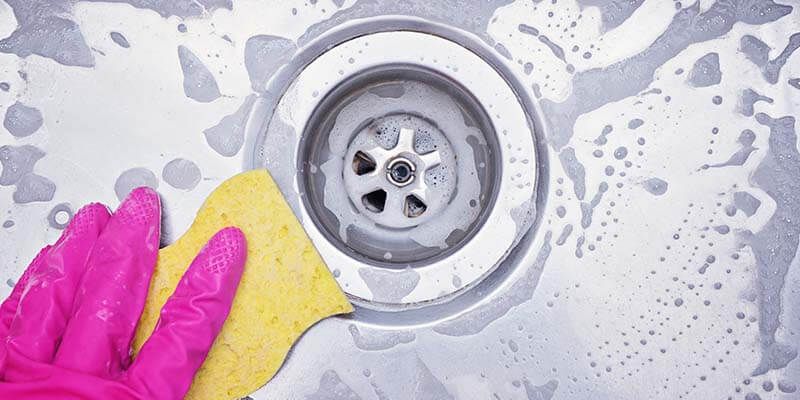
Cream of tartar
Safe to use in the bathroom or kitchen, this homemade drain cleaner will have your sink, bath or shower flowing freely in no time at all. All you will need is: a paper towel. 55g bicarbonate of soda, 75g salt, 40g cream of tartar and 500ml boiling water.
Firstly, remove the drain trap and clean as much as you can – using a kitchen roll to wipe around the drain and remove any bits of food or collections of hair. Next, mix together the bicarbonate soda, salt, and cream of tartar in a small container. Once well shakes, sprinkle the mixture down the clogged drain. You should then pour the boiling water down the drain and let the solution work its magic for around an hour. When an hour has passed, simply rinse with cool water. This mixture is useful as the salt and bicarbonate of soda work together to help scour pipes and break up any blockage, while the cream of tartar naturally cleans metals.
The salt and bicarbonate of soda work together to help scour pipes and break up buildup, while the cream of tartar naturally cleans metals.
If these methods don’t appear to work, you may want to opt for a commercial cleaning product. To find the best one, read these reviews of the 5 best drain cleaners in 2019.
Collect your food waste
As previously stated, a common cause for blocked kitchen sinks is the buildup of food waste. Foot waste in your drainage system can be very problematic, so to avoid this, you should make a conscious effort to collect as much food waste as possible. Not only will this prevent your drains from clogging up, but it is exceptionally good for the environment. You could opt to create your own compost from your food waste, or recycle it by taking it to your local food waste collection point.
Call a professional
Sometimes, our knowledge and creative DIY methods just aren’t enough to solve the problem. Luckily, there are a plethora of experts on hand to help restore your blocked drain to its original, working condition. Plumbing is very complicated, and if you are not well informed of how to fix a plumbing issue, it is best to leave it to the professionals. As well as having a dedicated and fully qualified team of plumbers that can effectively repair your blocked drain, here at RA Heating and Plumbing we offer many services that will keep your homes plumbing working to the best of its ability.
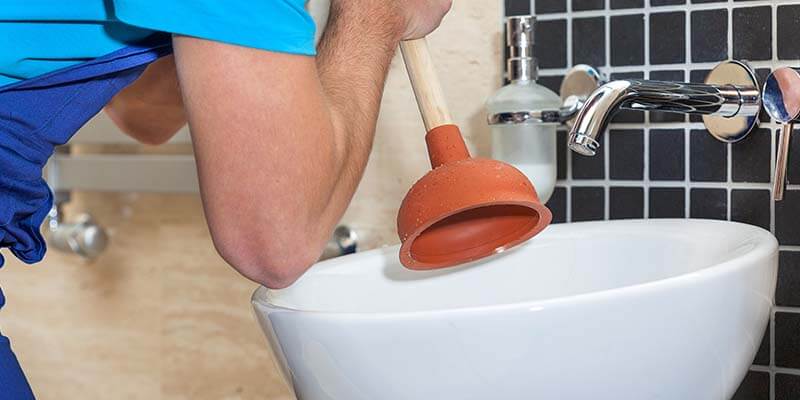
Just like new!
We understand what a nuisance a blocked drain can be and the disruption it can cause to your daily life. By using the ideas and methods above, we hope you will not have to suffer the wrath of a clogged up drain, but instead use your kitchen sink, bath and shower at any time with ease.
